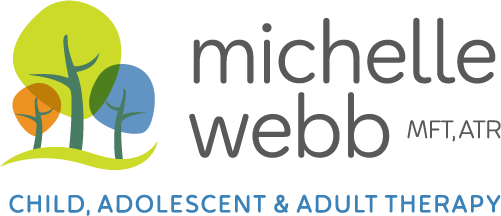Art can be a powerful catalyst to change. It provides a unique, nonverbal way to communicate thoughts and feelings using colors, shapes, lines, textures, and symbols.
As a registered art therapist (ATR), Michelle Webb is trained in both art and therapy. She has extensive expertise in not only a variety of art materials and art-making techniques, but also in using art for assessment and within the context of the therapeutic relationship. Michelle guides clients in using materials such as colored pencils, markers, paint, clay, or collage to express their thoughts and feelings.
But don’t worry—you don’t have to be an artist to benefit from art therapy! In fact, clients often feel free to be their most creative and expressive self in art therapy, where there’s no expectation of polished artistic ability. They also frequently find art therapy surprisingly familiar because visual art and imagery is something we use in everyday communication, from sketching out an idea on a notepad to using a metaphor in conversation. Art therapy combines this visual way of thinking with verbal language to create a more integrated way of viewing life experiences.
Benefits of Art Therapy
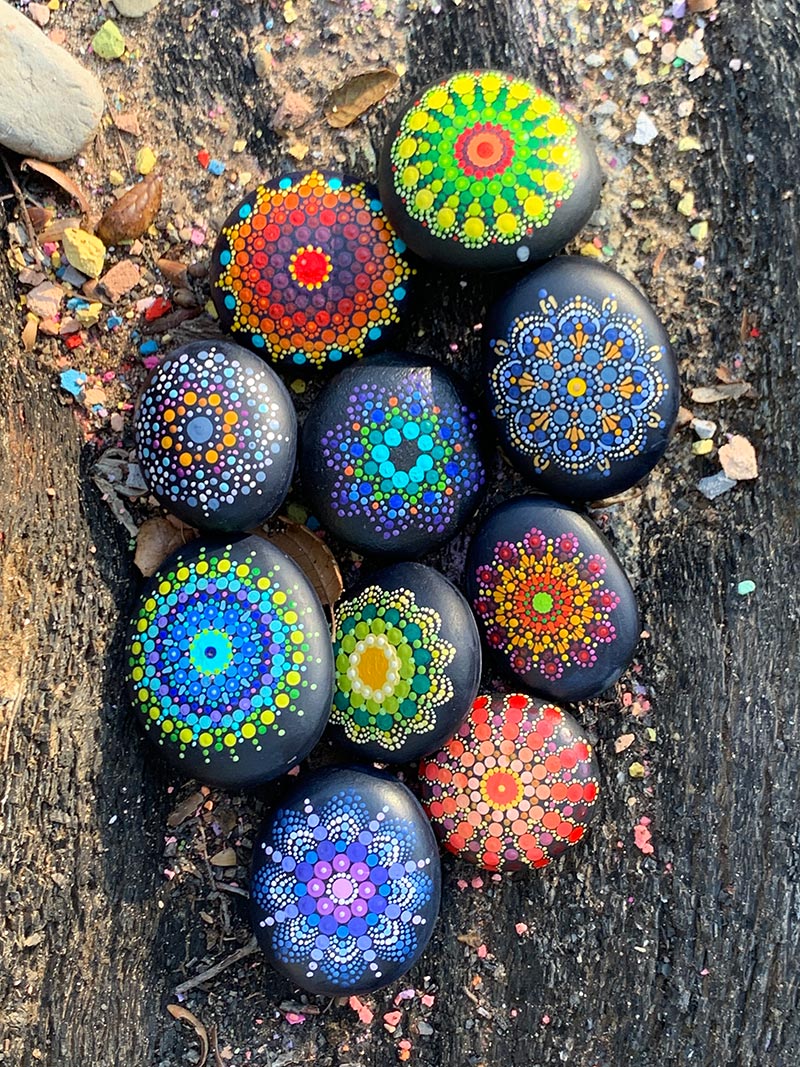

Art Therapy for Children & Teens
Children and teenagers are especially well-suited for art therapy. Young children are intrinsically imaginative and often investigate the world through art media and image-making. They also frequently have difficulty finding the words for the challenges they face. Art therapy offers a safe, playful experience in which they can relax and enjoy discovering and exploring their feelings, thoughts, and behaviors.
Teens can also benefit greatly from art therapy as they begin to explore and express their individuality. Their clothing, music, selfies, and notebook doodles already reflect their journey of self-discovery as they travel the road to adulthood. Art therapy takes their artistic inclinations one step further and helps them express their feelings and explore new perspectives in a safe, therapeutic environment.
Art Therapy for Adults
Art therapy can help adults see themselves and their experiences in new ways. Years of telling and re-telling your story verbally leads to a well-worn and almost automatic way of viewing yourself and your experiences. Exploring your life, challenges, and dreams through visual, nonverbal means may offer a new perspective that creates shifts and helps you begin to rewrite your story.

Examples of Art Therapy
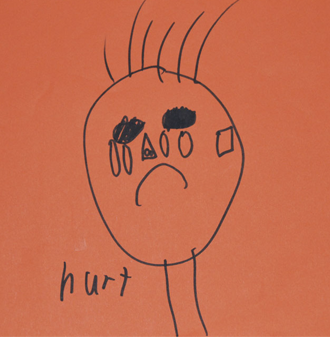
A kindergarten-aged boy struggling with impulsive behavior uses markers and paper to communicate feelings that come from the frequent negative attention he receives due to his behavior.
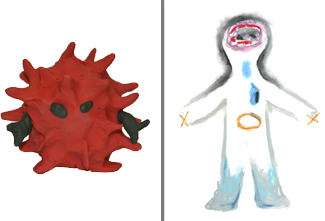
(l-r): A young girl uses clay to create an externalized image of her anxiety, and a preteen uses oil pastels and the body scan technique to illustrate his physical experience of depression.
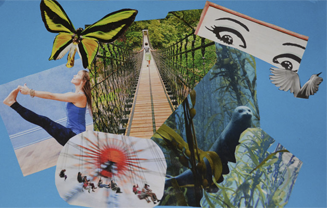
An adult woman taking on new personal and professional goals communicates hope and anxiety related to these changes.
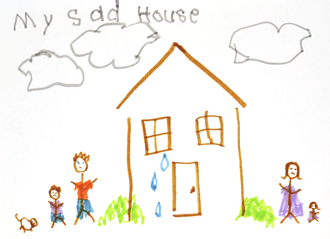
A young boy uses markers and paper to project his sadness over his parents’ divorce.
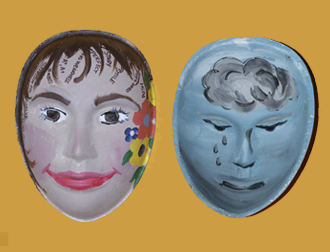
A young teen paints “inside/outside” masks, expressing the pressure she feels to present a perfect, happy façade while hiding her true feelings of depression.
